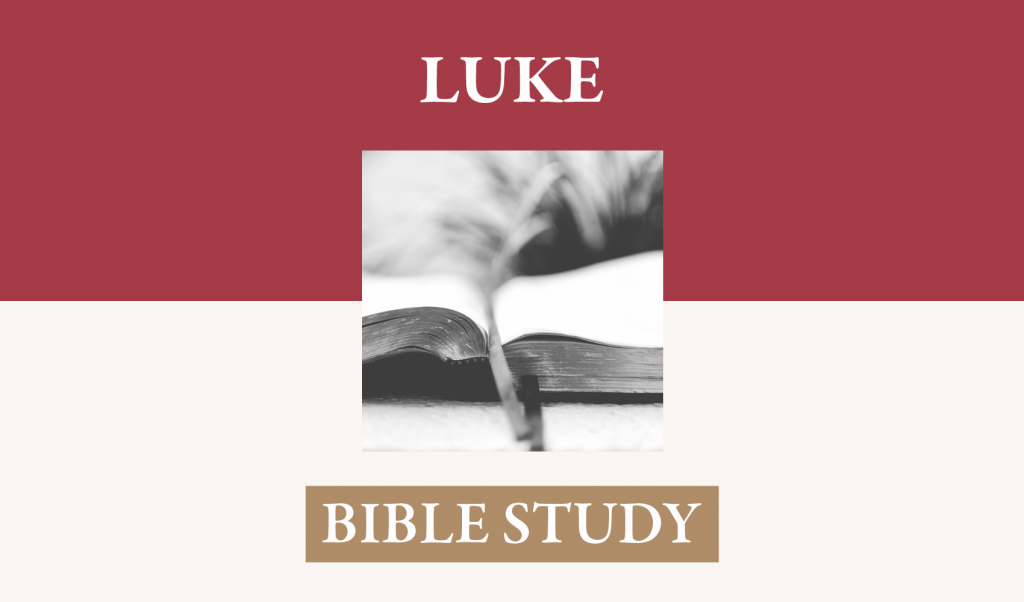For virtually the entirety of his three-year ministry, Jesus had heretic hounds nipping at his heels. They constantly wanted to test his knowledge of and interpretation of the Scripture. They also wanted to find blasphemous ideas embedded in his teachings and his claims. Finally, they succeeded and had him crucified. All along the way, however, their proposed tests led to rich narratives of instruction in the true meaning of Scripture and its fulfillment in his person and work. This event leads to an instructive encounter with the beauty of God’s law.
I. Jesus and the Great Commandments 25-42
A. An important question is posed (25-29). Compare Matt 22:35-40 for another occasion in which this same question was asked; on that occasion Jesus himself answered the question. See also Luke 18:18-27 in confirmation of an accurate understanding of the relationship of the Law to eternal life.
- The question the lawyer asked concerned the inheritance of eternal life. At this point, the conclusion to be drawn from revealed truth is that those that live according to the Law will find life in that obedience.
- Jesus calls upon the questioner, who, as one that paid particular attention to the Law, should already have in mind a knowledge of its contents. “What is written in the Law? How does it read to you?” (26)
- He answered with a conflation of two passages, one from Deuteronomy 6:5 and the other from Leviticus 19:18.
- These two epitomes of truth from the Old Testament summarized the meaning of the entire moral code, the Ten Commandments in particular. They are first recorded in Exodus 20 20: 1-17. In their second giving in Deuteronomy, they are recorded in 5: 6-22.
- These two commandments covered the entire code in the first statement about loving God, but particularly the first five commandments. I believe commandment five is included in this first table. One reason is that parental authority is the extension of earthly authority to children in their minority to be reared in the nurture and admonition of the Lord as described in Deuteronomy 6:1-9. Such a responsibility is to be honored throughout life, especially by those so blessed to have this heavenly instruction. The second reason is below.
- Commandments 6-10 are summarized in “Love your Neighbor as yourself.” As commandment one is the most foundational of love for God, so is commandment six, “though shalt not kill,” the most foundational of love for neighbor. Violate commandment one and the others have no relevance. Violate commandment six and the rest lose any possibility of bearing them out.
- When the Lawyer had answered correctly, Jesus had nothing to add or correct. But said, “You have answered correctly.” Then he added the conclusion that had been involved in the question about eternal life, “Do this and you will live.” This set forth in unmistakable terms the difference between knowing a truth cognitively and performing it with unblemished affection.
B. The lawyer focuses on the second commandment (29). He responded to Jesus by asking a follow-up question concerning the second of the commandments, “Who is my neighbor?” Of course, he would not ask “Who is my God?” for the answer to that was already contained in the prologue to the commandments themselves (Exodus 120:2 and Deuteronomy 6:6) as well as expanded throughout the entire Old Testament. Nor would it be safe to ask, “What does it mean to love God with the whole self?” as if one were looking for some loophole—that would show immediately that the commandment had no real influence in the life of the inquisitor. The only option left open for challenge, therefore, to save face for the lawyer was, “Who is my neighbor?”
II. Jesus answered with an elaborate and poignant story – The Compassionate Samaritan.
A. In order the give the greatest challenge, to turn the test on his tester, Jesus tells a story in which a reflexively unloved person show a greater regard for the Law than those trained in its precise provisions.
- An unnamed man comes into great need through a violent crime perpetrated against him. So needy is he that he is unable even to ask for help. He is unconscious, and as for his ability to rouse himself to aid himself, he is as good as dead. Jesus not only is illustrating an answer to the question, but demonstrating the condition of all men in their relation to God.
- Two religious leaders, who know the Law, much as the man that had asked the question, saw the man, and simply passed by. Jesus does not elaborate about why they passed by, or whether they had pressing duties elsewhere, because all of that is irrelevant in the face of such pressing need.
- A priest passed by. This person had to know the law in all of its prescribed rituals in order to pursue his appointed task of offering sacrifices when, where, in what manner, for whom, and for what purpose these sacrifices were given. A violation of God’s specific instructions in this regard could result in fatal consequences (Leviticus 16:2, 13; 10:1, 2; Numbers 3:4; 26: 61.)
- The Levite, from the tribe of Levi, did not necessarily serve as a priest but was of the number of those who became assistants to the priests in their function. He would have been an important figure in the lawful worship practices of Israel.
- Jesus uses these characters to show that one can know all the details about the form of worship and still miss the central moral and spiritual core of the Law’s requirement.
- A Samaritan, came by. Jesus Himself told a Samaritan that “You worship what you do not know” (John 4: 22). Clearly, they were deficient in their knowledge of the requirements of the Law. In addition, they had been refused participation with Jews in their worship since Ezra 4:1-3. These ceremonial issues, however, related to the covenantal purity of the nation, were now ending and the eternal moral and spiritual issues of the Law would take precedence.
- Verses 33, 34 – The Samaritan took care of the immediate needs on the road to stop the man from dying, and then took him to a place where he could be cared for until completely recovered.
- When the Samaritan left, he arranged for care to assure his restoration, and promised to return to pay any overage that might accumulate in the mean time.
- In application, Jesus gave a surprise reversal to the point someone might draw, that any man in need is our neighbor. Instead, he framed the “neighbor” question in a more active way by asking “Who proved to be a neighbor to the man who fell among the robbers?” Who is the one who had the keenest realization of the respect due to the life of another bearer of the image of God? This specific application of the sixth commandment, to value the life of another person with such care and tenderness that not only does one avoid murder, but he actively seeks to preserve and promote the well-being of the person. This indicated the active virtue implied in all the commandments. “Love God, love your neighbor.”
- The point, therefore, is not “How do we discern who our neighbor is,” but, “To whom are we willing to be neighbor?” In what ways can we manifest a joyful self-giving love for another person (36)?
- Posing the issue in this manner shows that the command is broad indeed, and we must consider all men as our neighbors and seek to do good to all, even those that are considered from a natural standpoint, our enemies.
- Those who consider themselves guardians of the Law and consider their zeal for knowledge of its verbal strictness a point that makes them pleasing to God, even as strict as they might be, are taking the easy way to puff themselves as religious models (Matthew 23: 23, 24; Romans 2:17-29).
- Only obedience to the Law both in its literal meaning and in its spiritual correspondence constitutes the righteousness by which eternal life is attained. This points to Jesus’ righteousness as the only source of eternal life for it alone bears perfect consistency with the Law in every aspect. God will accept us on no other basis than a perfect obedience and only Christ gained such.



















